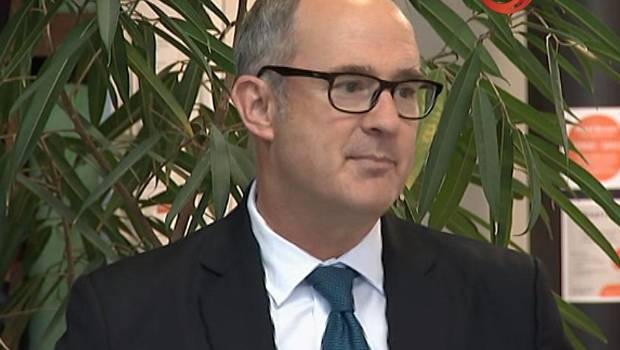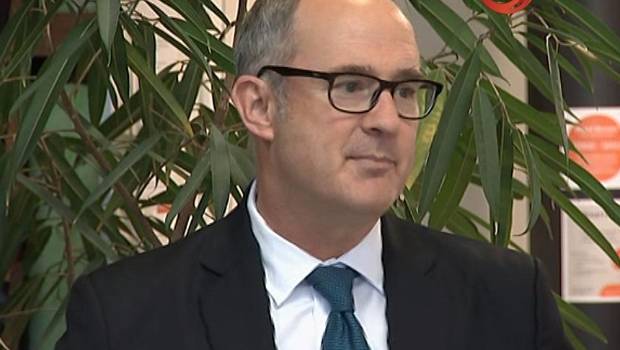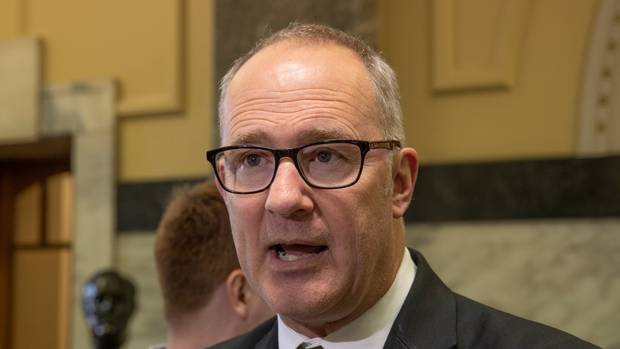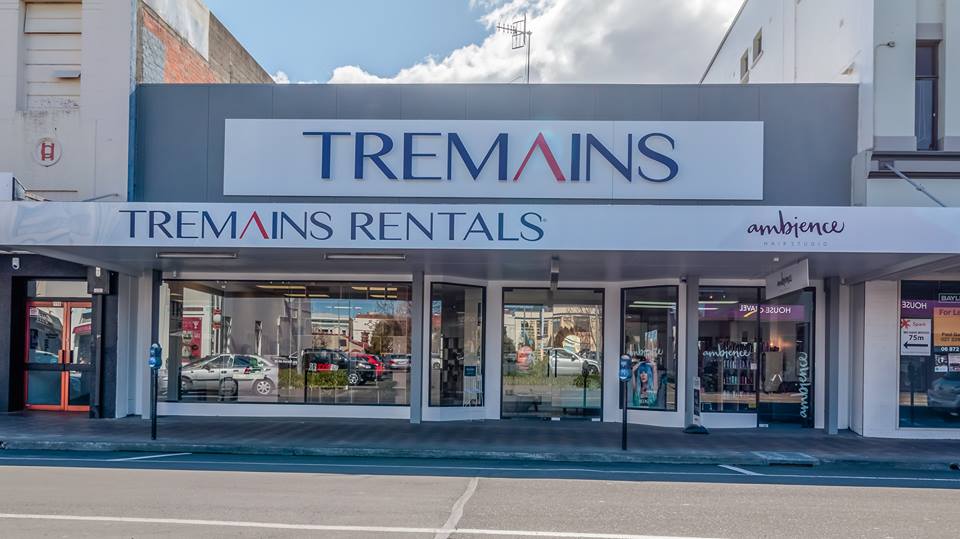New rules proposed to bring rental homes up to adequate health standards

Housing and Urban Development Minister Phil Twyford has revealed new minimum health standard proposals for rental properties.Housing and Urban Development Minister Phil Twyford has revealed new minimum health standard proposals for rental properties.
Rental properties will have to be warmer and more weather tight under proposed minimum standards.
Housing and Urban Development Minister Phil Twyford revealed the proposed standards in Wellington on Tuesday, saying they were designed to eradicate the tens of thousands of health complaints resulting every winter from “damp, cold and mouldy” rental homes.
The proposed regulations, which will be open for public consultation until October 22, set minimum requirements for heating, insulation, ventilation, draught stopping, and moisture and drainage.
Just how demanding these standards are is up for discussion, and both renter and property-owner organisations are questioning how new standards will be enforced.
Twyford said the new regulations aimed to redress the imbalance between landlords and renters, which often resulted in renters being reluctant to raise housing issues with landlords.
“Renting is now the long-term reality for about a third of all Kiwi households,” Twyford said at Wellington’s Sustainability Trust.
“Unfortunately, there are some landlords at the bottom of the market who rent out cold, damp, unhealthy homes. Sadly, many tenants put up with this because they are afraid of complaining for fear of losing their tenancies.”
The proposals come on the back of the Government’s Healthy Homes Guarantee Act passed in December.
They will require all landlords to bring their rental properties up to the new health standards, except where those improvements are not practical.
Landlords who did not comply with the new standards could face a $4000 fine issued by the Tenancy Tribunal.
It was unclear how many of the country’s rental properties would need to be modified, Twyford said.
The compliance date for landlords is also up for debate. It could be by July 2021, July 2022, or staggered between July next year and June 2024.
Oxygen Property Management general manager Christian Casbolt said it was important that years of a policy imbalance in the sector weren’t over corrected.
“Not many people would disagree with what the ultimate objectives are, we certainly concur with them.
“We need to be careful we don’t smash it with a mallet in an effort to solve things overnight, without actually taking into account the flow-on effects.”
Casbolt questioned how the proposed standards, such as a set temperature, would be effectively regulated.
For example, the temperature of a property could change depending on the day a property manager carried out an inspection.
Renters United organiser Anna Mooney said the most rigorous standards in the proposal should be implemented but was concerned about how the standards would be enforced.
“The government should be empowering and funding local authorities to enforce the standards … It’s really important that they employ some sort of universal inspection.”
PROPOSED RENTAL HOUSING STANDARDS
HEATING
Indoor temperature:
Option 1 – heaters able to maintain a temperature of at least 18 degC in applicable rooms
Option 2 – heaters able to maintain temperature of at least 20 degC
Heating devices:
Option 1 – landlords required to provide fixed heating devices only
Option 2 – landlords required to provide fixed and portable heating devices
Heating locations:
Option 1 – Heating provided in living room
Option 2 – Heating provided in bedrooms and living room
INSULATION
Minimum ceiling and underfloor insulation level:
Option 1 – no change from 1978 standard for existing insulation and 2008 Building Code standard for new installations
Option 2 – 2001 Building Code standard for existing insulation and 2008 Building Code standard for new installations
Option 3 – 2008 Building Code standard for existing and new insulation
Insulation degradation levels:
Option 1 – 30 per cent reduction classed as unreasonable
Option 2 – 10 per cent reduction classed as unreasonable
VENTILATION
Appropriate ventilation method:
Option 1 – No change: At least one window in all bathrooms, sufficiently-sized windows in other habitable rooms and adequate ventilation in non-habitable rooms
Option 2 – Openable windows in living room, dining room, kitchen, and bedrooms – unless exemption applies and bathrooms have extractor fan
Option 3 – Same as option two, plus extractor fan in rooms with indoor cooktop
MOISTURE AND DRAINAGE
Option 1 – No change: efficient drainage for removal of stormwater, surface water and ground water; gutters and drains to remove roof water; adequate ventilation to prevent floor dampness
Option 2 – addition of subfloor ground moisture barrier (81 per cent of rental homes do not have these)
DRAUGHT STOPPING
Option 1 – No change: Walls and ceilings sheathed, plastered, rendered and maintained; no crevices, holes or depressions in floor
Option 2 – Unused fireplaces and chimneys and gaps or holes bigger than three millimetres to be blocked




